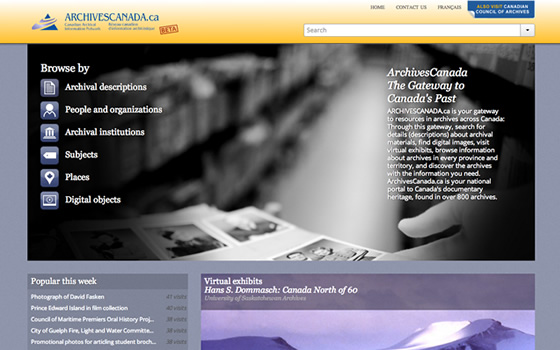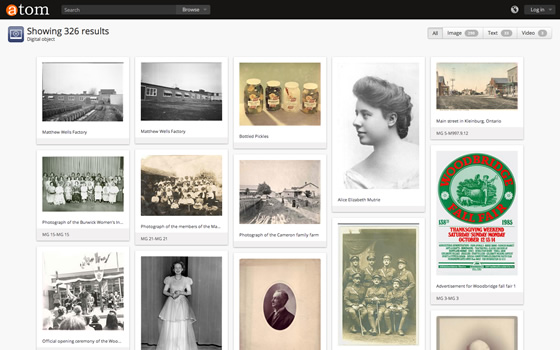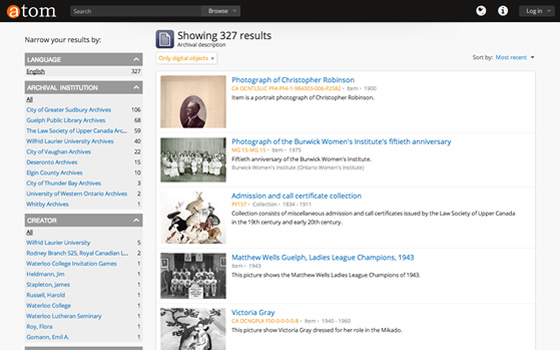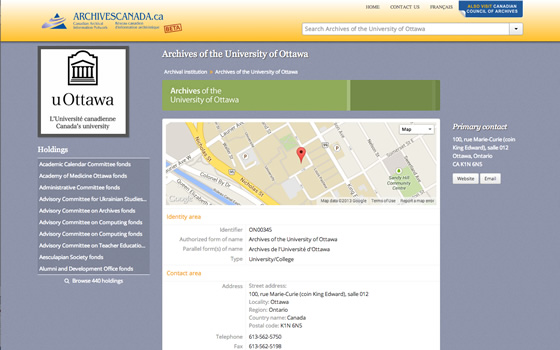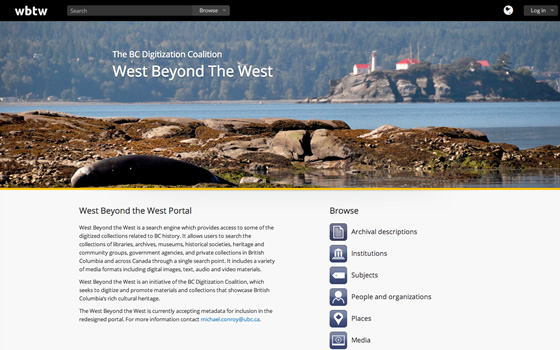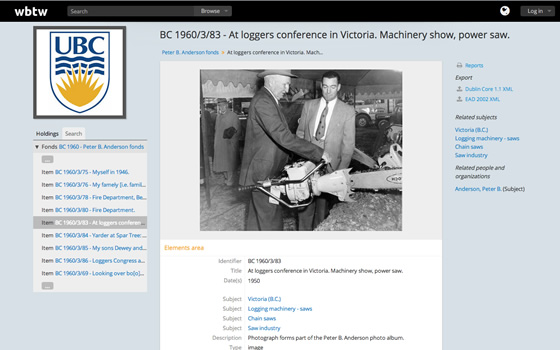Web-based
Access your AtoM installation from anywhere you have an internet connection. All core AtoM functions take place via a web browser, with minimal assumptions about end-user requirements for access. No more synching multiple installations on a per-machine basis – install AtoM once, and access it from anywhere.
Open source
All AtoM code is released under a GNU Affero General Public License (A-GPL 3.0) – giving you the freedom to study, modify, improve, and distribute it. We believe that an important part of access is accessibility, and that everyone should have access to the tools they need to preserve cultural heritage materials. AtoM code is always freely available, and our documentation is also released under a Creative Commons Share-alike license. Check out our code repository!
Standards-based
AtoM was originally built with support from the International Council on Archives, to encourage broader international standards adoption. We've built standards-compliance into the core of AtoM, and offer easy-to-use, web-based edit templates that conform to a wide variety of international and national standards.
Import/export friendly
Your data will never be locked into AtoM – we implement a number of metadata exchange standards to support easy import and export through the AtoM user interface.
Currently AtoM supports the following import/export formats: EAD, EAC-CPF, CSV and SKOS. Find out more in our user manual.
Multilingual
All user interface elements and database content can be translated into multiple languages, using our built-in translation interface. Our translations are all generously provided by volunteer translators from the AtoM User Community. Want to see AtoM available in your language? Help us translate!
Multirepository
Built for use by a single institution for its own descriptions, or as a multi-repository “union list” (network, portal) accepting descriptions from any number of contributing institutions, AtoM is flexible enough to accommodate your needs. See our list of community users for a better sense of all the ways AtoM is being used.
Constantly improving
AtoM is an active, dynamic open-source project with a broad user base. We're constantly working with our community to improve the application, and all enhancements are bundled into our public releases. This means that whenever one person contributes, the entire community benefits. Find out more about how you can help improve AtoM.



